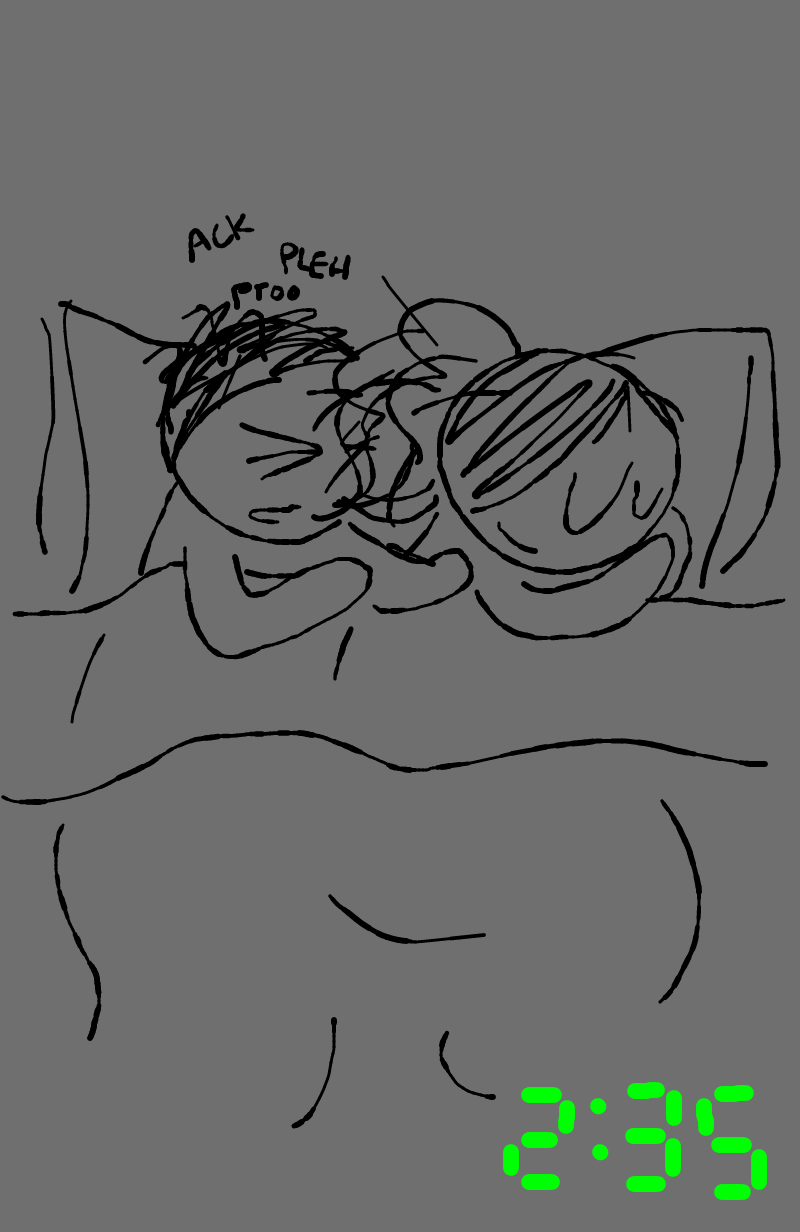Monday, March 31, 2014
Sunday, March 2, 2014
The Comically Tragic Plight of the Chinchilla
So... some of you will remember an earlier post that I wrote confessing that I don't believe in chinchillas. Turns out a surprisingly large number of people in this world are very adamant that chinchillas are, in fact, real, and have spent the last forever trying to prove their existence to me. I guess people will believe anything these days.
I figured I would humor some of those poor delusional souls and let them make their case, just for argument's sake. This is what I learned from a coworker who is also a zoology major, and also Wikipedia...
Let's start with what a chinchilla is, according to some.
 |
| Fig. 1: This is a chinchilla. |
Apparently, chinchillas do exist, and they are endangered. These furry fabrications allegedly come from the mountains of South America, and are named for the Chincha people of the Andes. The idea of chinchillas most likely originated from tales spun by Native Americans hopped up on coca leaves that saw a deformed rabbit in the mountains, and thus the legend of the chinchilla was born. (That part wasn't on the Wiki page, but it will be soon, so help me. People need to know the truth!)
Chinchillas are mainly endangered from being hunted by humans for their magical properties and supersoft fur. The small populations that are left live in the Andes mountains or Petco. In the wild, these fluffy falsehoods live in shallow burrows under the ground. Much like hamsters, chinchillas are crepuscular, meaning the are active during the morning and evening and sleep during the middle of the day and the middle of the night.
 |
| Fig. 2: Chinchillas are crepuscular. You are diurnal. Chupacabras are nocturnal. |
The greatest threat to these charming chimeras in the wild is... wait for it... cattle.
"But... wh... cow's aren't predators!"
You are correct. Cows are entirely herbivorous and totally docile. They roam the mountains eating nothing but grass and minding their own business.
 |
Fig. 3: This cow is minding its business.
In South America, the cow farmers (cowmen? cowpherds? cattlers?) let their cows just kind of wander every which way, eating all the chinchilla food and wandering onto their chinchilla land. Now, let's flash back a bit to the chinchilla's sleeping habits...
Imagine you're a perfectly unsuspecting cow wandering through a perfectly normal-looking field, but it's a TRAP!
Under the surface of the earth, dozens of sleeping chinchillae in their shallow chinchilla-burrows have made the ground unstable and totally unsafe for cows.
 |
| Fig. 4: Another cow victimized by chinchilla burrows. It could have been seriously injured. |
Also, when the cows step in the chinchilla burrows that have sleeping chinchillas in them, they tend to crush and kill the occupant, which is why chinchillas populations are on a constant decline.
Plus it's really gross for the cow.
 |
| Fig. 5: It's really hard to get crushed chinchilla out of your hooves. |
My coworker is currently raising funds (using artwork drawn by yours truly) to build fences for chinchillas in South America to keep them from getting accidentally stomped upon by innocent cattle.
When she originally proposed the idea for fences for chinchillas, it seemed really ridiculous. I mean, it just doesn't make logical sense.
 |
| Fig. 6: A fence for chinchillas, approximately 6" tall. |
If you build a fence that size, maybe it will keep the chinchillas from wandering into the cow pastures, but it wouldn't stop the cows at all.
 |
| Fig. 7: Chinchilla fences are impractical and unsafe, as they present a further tripping hazard for cows. |
She explained later that the money was actually going toward building cow-sized fences, which makes much more sense.
 |
| Fig. 8: Cow-fences limit the feeding area of cows, but at least chinchillas won't get smushed. |
So anyways, if you're into conservation-y things or fantasy creatures or buying sweet hats with PFN-style artwork on them, you should definitely go buy some "Chinchillin'" merchandise in the Union Building at Weber State University on Wednesday, March 19.
It's for a good cause.
Subscribe to:
Posts (Atom)









